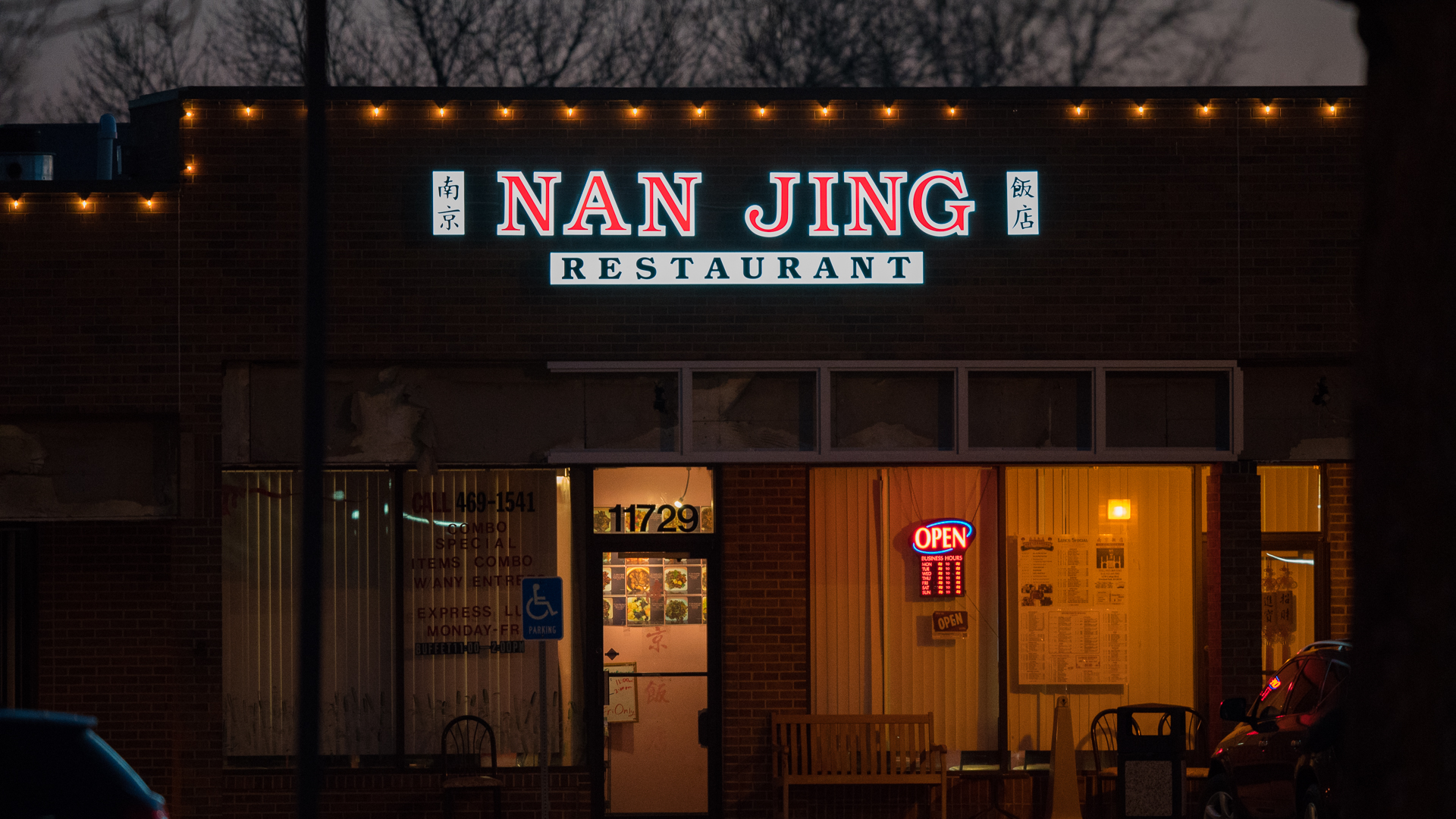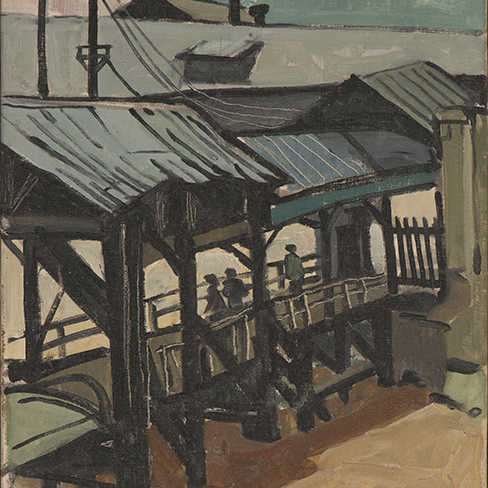
When the younger Lu is injured, they attempt to make their way to the “safe zone” for civilians set up by European powers. The protagonist, an older captain, and his companion, a younger soldier, first try to exit the city-as have their fleeing commanders. Yet they present a thoughtful variety of responses to their impossible situations-sometimes acting well, sometimes reprehensibly. Like all fictional characters, his actors appear and speak somewhat more simply and larger than life. The silent frames are particularly strong, giving readers a chance to encounter the narrative more viscerally. In his fine narrative artwork, the story’s setting and events are most believable.

He depicts people whose experiences illustrate what it might have been like to live through the events but, as fictions, do not lay claim to any absolute “truth” about them. But where Sacco chooses a distinctly journalistic-if participatory-approach, Young, already at the temporal edge of possibility for interviews with adults who lived through these events, chooses to draw from history to create a fictional storyline and characters. Both use framing to support the emotional experience of the narrative: small, juxtaposed boxes create a I n t e r n a t i o n a l Comics in Review cover feature international comics sense of both chaos and entrapment larger panels expand to create openness but also an extreme sense of vulnerability. Both chose to render destruction and violence in understated, detailed, black-and-white line drawings. Sacco’s Footsteps in Gaza, an attempt to reconstruct a historical moment of violence from modern-day interviews and reports, comes even closer to Young’s work both are “slow histories,” and there are comparisons to be made in their artwork, if not style, as well. Yet Sacco’s work documenting contemporary conflict zones in books such as Palestine and Safe Area Gorazde, which offer a kind of “slow journalism” through comics form, is the comparison that immediately came to my mind when reading Nanjing. The son of Chinese immigrants to the United States, Young says in an essay with Paste magazine that he wanted Nanjing to be “more than a footnote.” Young also writes that he isn’t the journalist Joe Sacco (he hates to travel). Ethan Young’s graphic novel sets out to raise our awareness of this horrifically violent period of war.
.jpg)
Most Americans know of the East Asian side of World War II only as a conflict between Japan and the US. Estimates of the dead in this historical massacre range from forty thousand to three hundred thousand the upper number is widely accepted.

Two soldiers traverse an all-but-leveled city strewn with corpses of women, men, and children as the Japanese military overrun the Chinese city of Nanjing in the early days of what would be called World War II. In lieu of an abstract, here is a brief excerpt of the content:Ħ4 WLT MARCH / APRIL 2016 Ethan Young.


 0 kommentar(er)
0 kommentar(er)
